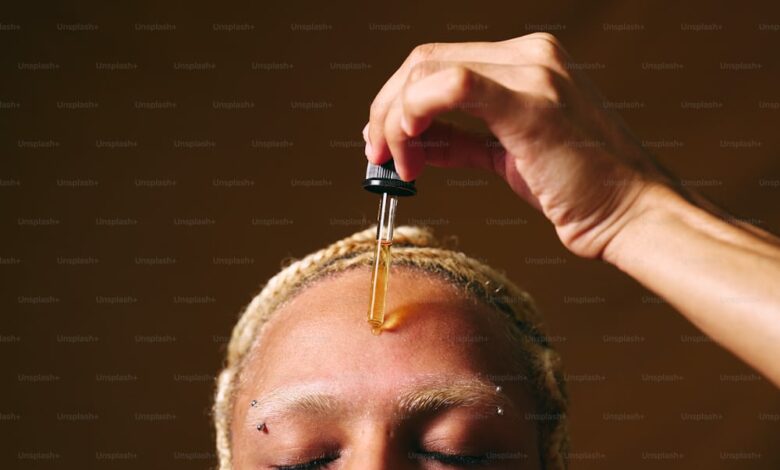Ultimate Guide: Hair Oil for Growth & Health

Introduction
Hair oil has been a cornerstone of hair care routines for centuries, renowned for its ability to nourish the scalp, strengthen hair follicles, and promote growth. The secret to maximizing these benefits lies not only in the type of oil used but also in how it is applied and integrated into your hair care regimen. This guide explores the best practices for using hair oil to achieve optimal hair growth and health.
Understanding the Benefits of Hair Oil
Hair oil serves multiple purposes, from moisturizing and nourishing the scalp to protecting hair from environmental damage. Oils like coconut, argan, castor, and jojoba are rich in essential fatty acids, vitamins, and antioxidants that deeply penetrate the hair shaft, providing moisture and nutrients that are crucial for hair growth. Regular application can reduce hair damage, prevent split ends, and improve overall hair texture and shine.
Choosing the Right Hair Oil
The effectiveness of hair oil depends largely on the type of oil you choose. For instance, coconut oil is excellent for deep conditioning and promoting hair strength, while castor oil is known for its hair growth properties. Argan oil is a great option for taming frizz and adding shine, and jojoba oil mimics the scalp’s natural oils, making it ideal for those with sensitive skin. Selecting the right oil based on your hair type and needs is the first step toward healthier hair.
How to Apply Hair Oil for Maximum Benefits
Applying hair oil correctly can make all the difference. Start by warming a small amount of oil between your palms, then gently massage it into your scalp using your fingertips. This not only stimulates blood circulation but also ensures that the oil penetrates deeply into the hair follicles. Work the oil down to the tips of your hair to ensure full coverage. For best results, leave the oil on for at least 30 minutes before washing it out. Some people prefer to leave it on overnight for a more intensive treatment.
Incorporating Hair Oil into Your Routine
To see noticeable results, consistency is key. Integrate oiling into your hair care routine by scheduling it 1-2 times a week. Over-oiling can lead to product buildup, which may clog pores and prevent hair from absorbing nutrients. Pair your oiling sessions with gentle scalp massages to boost circulation and enhance the oil’s effectiveness. Additionally, combining oiling with other hair treatments, such as hair masks or conditioners, can create a holistic approach to hair care.
Best Practices for Oiling Different Hair Types
Different hair types require different oiling techniques. For example, fine hair might benefit from lighter oils like argan or jojoba to avoid weighing it down, while thicker, coarser hair can handle heavier oils like coconut or castor. If you have an oily scalp, focus on applying oil to the hair ends rather than the roots to prevent excess greasiness. On the other hand, if your scalp is dry, be sure to massage oil directly into the scalp to nourish and hydrate the skin.
Myths and Facts About Hair Oiling
There are many myths surrounding hair oiling, such as the belief that oiling your hair too often will cause it to become greasy or that oil can repair split ends. While oil can temporarily smooth split ends, it cannot repair them; trimming is the only solution. It’s also important to remember that while oiling can make hair appear greasy if overdone, regular and moderate application can greatly benefit hair health without making it oily.
The Role of Diet and Lifestyle in Hair Growth
While hair oiling is a valuable part of a hair care regimen, it’s also important to consider diet and lifestyle. A balanced diet rich in vitamins, minerals, and proteins supports hair growth from within. Omega-3 fatty acids, found in fish and flaxseeds, are particularly beneficial for hair health. Staying hydrated and managing stress through activities like yoga or meditation can also positively impact hair growth.
Conclusion
Incorporating hair oil into your hair care routine can lead to stronger, healthier, and more vibrant hair. By choosing the right oil, applying it correctly, and maintaining a consistent routine, you can maximize the benefits of hair oiling. Remember, the health of your hair is also influenced by your overall lifestyle, so take a holistic approach to achieve the best results. With patience and proper care, hair oiling can be a powerful tool in your journey to beautiful, healthy hair.





